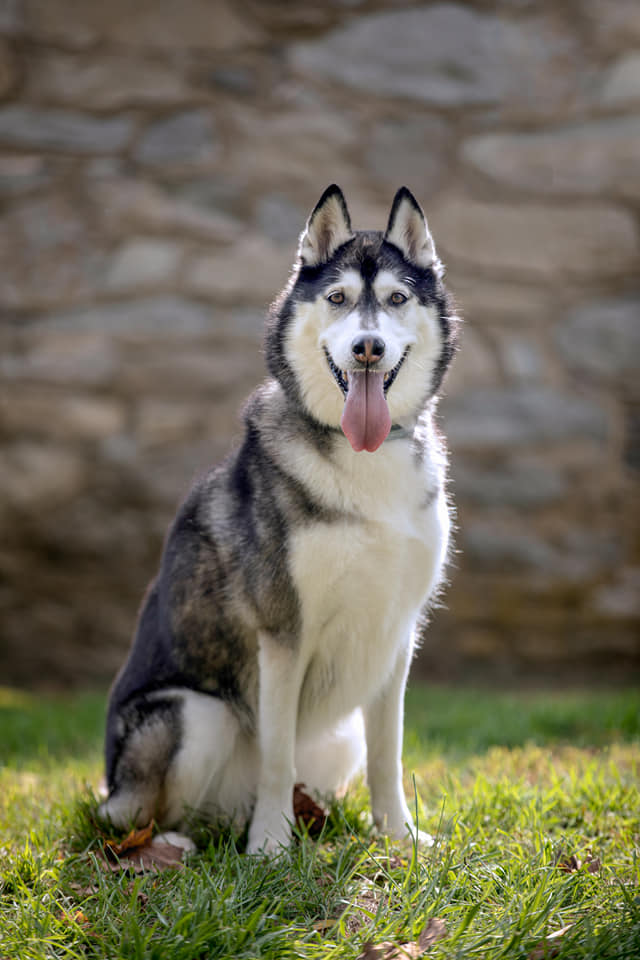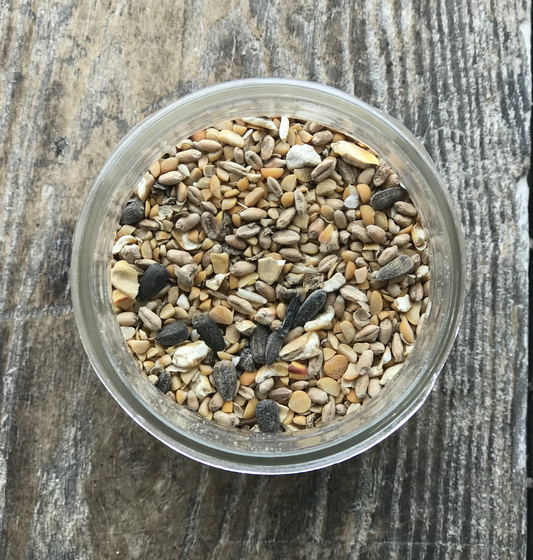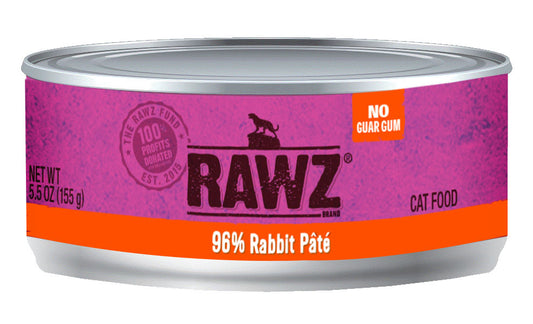If you’re reading this, you probably own a dog or you’re thinking about getting one. If you have a dog at home, have you taken the time to train him/her? What do you think of when training comes up in a conversation? Commands, tricks? Most people teach what they consider the “basics”. That can change from owner to owner and that’s fine. What may be important to one person, may not be important to the next. As both a trainer and a pet lover, I have things that I don’t use with my own dogs but still find valuable to teach in class because it may be important to someone else. A dog trainers’ goal is to educate pet parents about ALL aspects of dog training beyond simple commands and fun tricks.
Handling skills are an extremely important aspect of dog training that is often overlooked and undervalued. What are handling skills? In short, getting your dog used to being touched/handled in a variety of situations. This includes having their feet touched, nails trimmed, ears looked at, mouth opened, brushed, bathed, restrained, etc.
Why are handling skills so important? Not only will it make it easier on you, your vet, and your groomer, but it’s important for your dog’s health. If a dog is used to being handled, it is easier to groom them and take them to the vet, which means less pain and discomfort from matts, long nails, ear infections, and other similar concerns.
Last week I had a personal experience that inspired this blog post. I have a beautiful, almost-nine-year-old husky named Sakari. When I first rescued her, she would bite if you tried to brush her, trim her nails, or restrain her in any way. With time, patience, and lots of training sessions, she learned to tolerate the grooming process. Aside from her need to sing the song of her people when being dried, she became easy to groom.
I brought Sakari into work with me for a de-shedding bath and blow out. She was NOT a happy camper, becoming extremely stressed and vocal for the entire groom. I could have just chalked it up to a bad day, but I knew something wasn’t right. Early on, I noticed her eyes were a bit cloudier than usual, so I thought maybe she has some vision changes going on. After the blowout and bath, I peeked in as she was being brushed and I noticed something strange. With all her excess hair removed, I noticed her tail looked funny. She was holding her tail in an awkward position and the tip was tucked under making her tail look shorter.
Because of the handling skills we’d work so hard on previously, Sakari let us gently examine her tail despite it being somewhat uncomfortable. We tried to get her excited with treats and toys to see if she would move or wag the tail, but unfortunately, she did not. I immediately made a vet appointment. After some x-rays, the diagnosis came back as a degenerative condition called Spondylosis. This condition causes bone spurs to form in-between her vertebrae and sure enough, that turned out to be the case with her tail.
I’m so glad that we worked on those critical handling skills together because without them, I may not have noticed the issue. Outside of her actions during the groom, her behavior was completely normal. My goal in sharing this experience is to hopefully reinforce the importance of this often-ignored skillset, and hopefully encourage you to add it to idea of ‘the basics’ when training your furry best friend. And as always, be sure to reach out to me with any questions or comments, we’d love to hear about your experiences as well!









